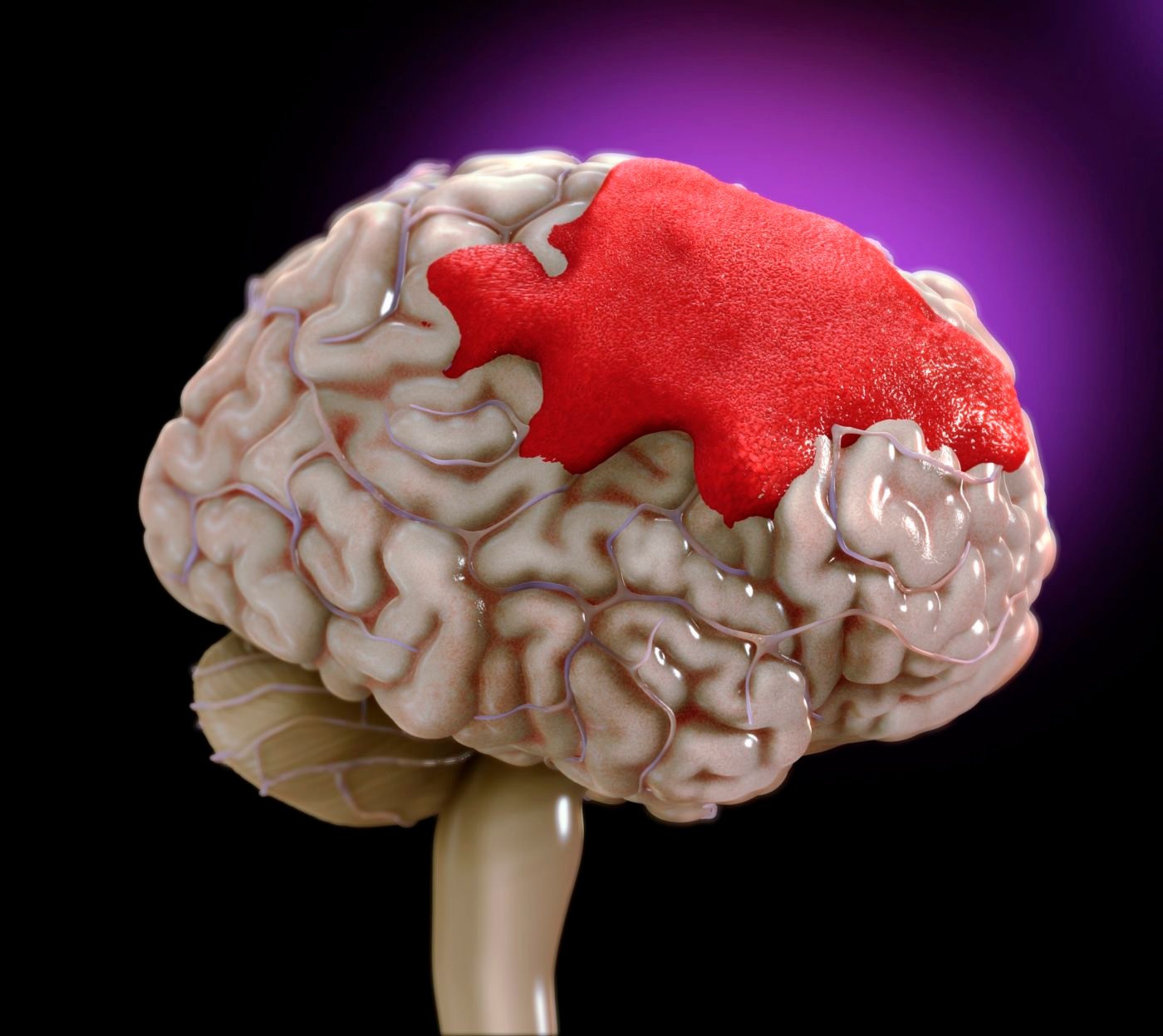Dr. Dilip S. Kiyawat, Leading Spine & Neurosurgeon in the Field of SLIPPED (HERNIATED) DISC SURGERY
SLIPPED (HERNIATED) DISC SURGERY
Intervertebral discs are fibro gelatinous structures that are interposed between the two vertebral
bodies at each level and work like a shock absorber. The outer layer is a tough fibrous ring annulus
that contains a gelatinous pulp in the middle called nucleus pulposus. Lumbar intervertebral disc
prolapse, commonly known as a herniated disc or slipped disc, occurs when the nucleus pulposus
protrudes through cracks in the annulus and presses on nearby nerves. This condition is often
caused by aging, wear and tear, or sudden injuries such as lifting heavy weights, playing strenuous
sports, etc. Symptoms include lower back pain, sciatica (radiating leg pain), numbness, and
weakness. Diagnosis involves clinical evaluation, along with imaging studies like MRI or CT scans.
Conservative treatments such as rest, physical therapy, and pain management are initially employed.
In more severe cases, when conservative measures fail to provide relief, surgical options may be
considered to alleviate pressure on the nerves. Surgical options include microdiscectomy or
endoscopic disc excision both being Minimally Invasive techniques. Early diagnosis and a tailored
treatment plan are essential for the effective management of lumbar disc prolapse and for restoring
functional well-being.
L 4 - L 5 Slip Disc seen on mri
Causes
Age-related Wear and Tear As people age, the intervertebral discs lose water content and become less flexible, making them more prone to herniation.
Symptoms
Symptoms include lower back pain, sciatica (radiating leg pain), numbness, and weakness.
Conservative treatments
Conservative treatments such as rest, physical therapy, and pain management are initially employed.
Rehabilitation
Early Mobilization Gradual return to normal activities as guided by the surgeon.
SLIPPED (HERNIATED) DISC SURGERY
Pain Medications
Over-the-counter or prescription pain relievers. Exercises to strengthen core muscles and improve flexibility.
Early Mobilization
Gradual return to normal activities as guided by the surgeon. Exercises to strengthen the back and improve flexibility.
Epidural Steroid Injections
Anti-inflammatory medication injected into the affected area. Medications to relieve muscle spasms.
Body Mechanics Education
Learning proper techniques for lifting, bending, and sitting. Weight management and adopting spine-friendly habits.







